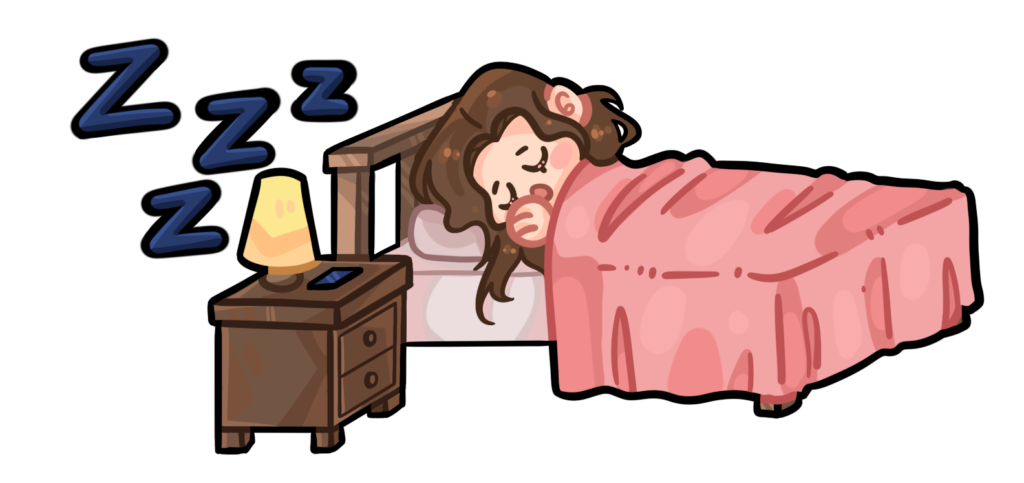
By Kaylee Eiber
Editor-in-Chief
I hide my YouTube search history from anyone who asks–not because I watch anything inappropriate, but because I’d rather avoid the questions that arise when people see my recommendations filled with Autonomous Sensory Meridian Response videos. Choosing a soft video to put on before bedtime serves the same purpose as putting on white noise or Lofi music, yet people don’t hesitate to cringe or mock others who use ASMR for the same reason.
According to the Merriam-Webster dictionary, ASMR is “a pleasant tingling sensation that originates on the back of the scalp and often spreads to the neck and upper spine, that occurs in some people in response to a stimulus, and that tends to have a calming effect.” ASMR videos designed to trigger this response garnered a reputation for helping people relax and fall asleep.
Scrolling through the comments of ASMR videos, however, you’d quickly discover a community of individuals embarrassed to admit that they watch these videos. Unfortunately, the community developed this embarrassment because of creators who engage in producing inappropriate or sexual content. While this is a small minority of all ASMR content, these are the videos that top charts for negative reasons and become the face of ASMR as a whole.
I watched my first ASMR video four years ago on YouTube’s trending tab titled “4K HD ASMR | Plucking Away Anxieties” by Gibi ASMR. At the ripe age of 12, I had yet to discover the dark side of the internet, simply allured by the thumbnail of a hand reaching out to the camera.
Clicking into the video, my headphones filled with soft finger fluttering and 20 minutes of feel-good affirmations but reading the comments told a different story. Backhanded compliments referencing the sexual nature of ASMR videos manifested themselves the further I scrolled, notably “I think you’re the first ASMRtist who doesn’t make me uncomfortable with this kind of video” and “Can we all appreciate how great her content is without having to be sexual or revealing?”
Even a video as positive as anxiety affirmations with no sexual innuendos contained comments referencing the tiny portion of sexual ASMR videos. I was simply there for some background noise while I studied, yet was greeted with an explanation for ASMR’s “cringe” or “weird” reputation.
Though inappropriate videos will always exist, this isn’t an epidemic unique to the ASMR community–these are no different than any other fandom popular with the general public. The ASMR community is poorly represented and discredits the majority of consumers seeking a range of simple background study noise to a cure for depression and insomnia. After all, at the end of the day, who’s really winning: the haters or the ASMR consumers getting a good night’s rest?
